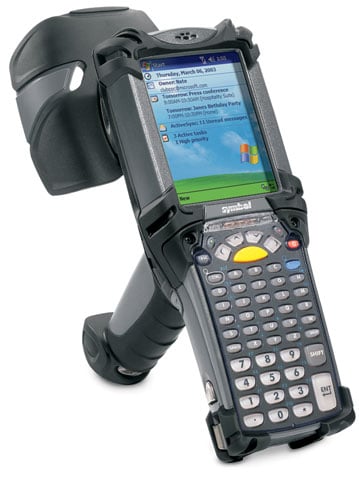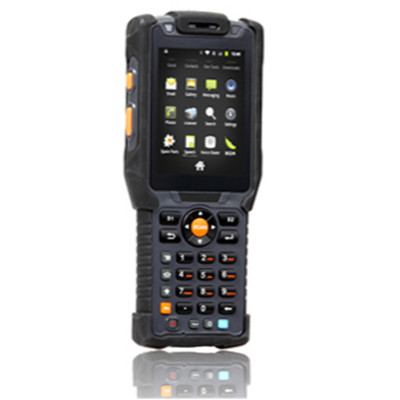
Fill Your Cart With Color Today! Radio waves are used to transfer data from the tag to a reader. The tags in this range are generally called LF tags.
As a rule of thumb, low-frequency systems are distinguished by short reading ranges, slow read speeds, and lower cost. But the intergrated reader with short reade distance. Generally, the most common are. As passive system ranges are limited by the power of the tag’s backscatter (the radio signal reflected from the tag back to the reader ), they are typically less than m. The chip and reader don’t have to touch. Browse the Latest Openings Near You.
Find the Perfect Job. The reader is a device that has one or more antennas that emit radio waves and. There are dozens of read write algorithms for the 13. MHz ban so most readers only work with a few protocols or in some cases only one protocol.
The new WAVE ID Ricoh Universal SOP Reader is the most innovative reader for secure pull-print applications with Ricoh multifunction printers. If you do not know about this technology yet, you should definitely start familiarizing yourself with it, because the number of different devices that utilize these types of tags is growing exponentially. Frequency Specific Details 1kHz.
For example, you could just put all of your groceries or purchases in a bag, and set the bag on the scanner. HF waves can pass through most materials except for water and dense metals. Thin metals, like aluminum, can still be tagged with HF tags and function normally. RFID stands for “ radio frequency identification ” and refers to technologies that use radio waves to identify objects or people automatically.

RFID READERS AND SOLUTIONS We provide a complete RFID line for logistics, manufacturing, and retail. Select from lightweight handheld scanners for retail to ruggedized units for logistics and manufacturing, as well as fixed readers. Add RFID printers, tags, and labels to print, encode, and verify with confidence. RFID tags emit a low-power radio signal with a unique identifier.
Where you might scan bar codes at the supermarket to differentiate, say, deodorant from bananas, RFID goes a couple of steps further: each individual plant or inventory item has its own unique. Any method of identifying unique items using radio waves. Typically, a reader (also called an interrogator) communicates with a transponder, which holds digital information in a microchip. The RFID tag has two components, a processor and an antenna.
Function: RFID allows for accurate inventory in adverse conditions – Because it uses near-field technology rather than laser-based line-of-sight, a box or pallet containing numerous tagged items can often be accurately scanned without being unpacked. Oregon RFID manufactures equipment for tracking fish and wildlife using low frequency PIT tags and readers. Integrate these products with Honeywell mobile computers, barcode scanners , software, and services to create comprehensive solutions to track and manage inventory, material, assets, and processes. There is a device that reads information contained in a wireless device or “tag” from a distance without making any physical contact or requiring a line of sight.
Hz and the high- frequency range (HF) at 13. Usually, it has some kind of built. The Internet of Things or IoT solutions require radio capability to receive and transmit radio waves as a means of communication between the IoT devices as well as with the cloud. Chainway Cis an Android rugged RFID reader that boasts best-in-class UHF RFID capability. RFID , which stands for radio frequency identification , is a form of wireless communication that uses radio waves to identify and track objects.

The most recognizable include low frequency (LF), high frequency (HF), and ultra-high frequency (UHF). Listed below are the different types of RFID technology, their capabilities and limitations, and the types of applications for which they are best suited. Since you would know the location of the reader by its unique ID (say, dock door 1), you would know the tag was in the read zone of that reader (that is, the tagged item came through dock door 1).
No comments:
Post a Comment
Note: Only a member of this blog may post a comment.